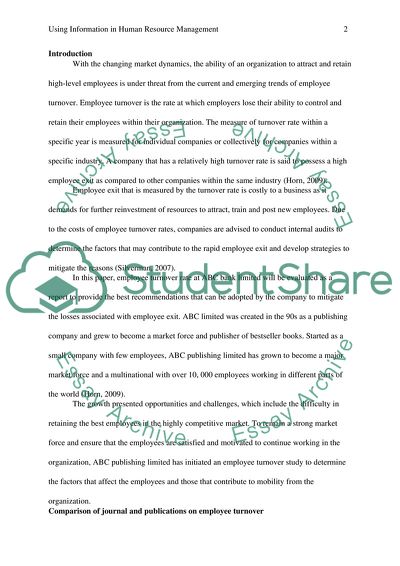Cite this document
(Using Information in Human Resources Case Study, n.d.)
Using Information in Human Resources Case Study. https://studentshare.org/human-resources/1831210-using-information-in-human-resources
Using Information in Human Resources Case Study. https://studentshare.org/human-resources/1831210-using-information-in-human-resources
(Using Information in Human Resources Case Study)
Using Information in Human Resources Case Study. https://studentshare.org/human-resources/1831210-using-information-in-human-resources.
Using Information in Human Resources Case Study. https://studentshare.org/human-resources/1831210-using-information-in-human-resources.
“Using Information in Human Resources Case Study”. https://studentshare.org/human-resources/1831210-using-information-in-human-resources.


